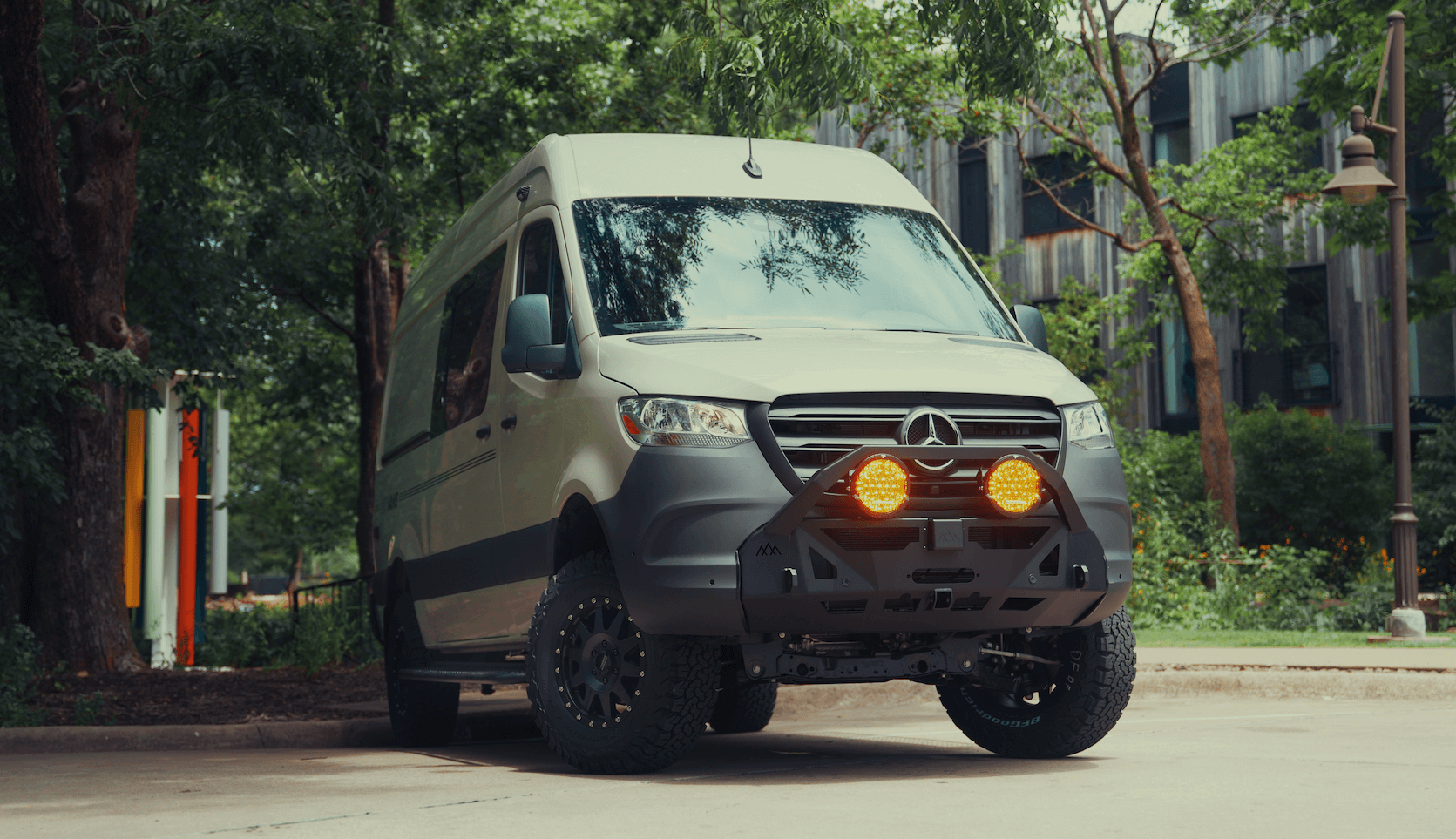Recreational Vans

Remote on off wiring is a control method that lets you switch a load from a distance with a small signal rather than routing full current through a dashboard toggle. In 12 volt vehicles and adventure rigs, it is the backbone for managing lights, air compressors, inverters, fridges, heaters, pumps, and charge sources. The concept separates control from power: a low current trigger operates a relay or solid state device that actually connects or disconnects the high current circuit. This approach improves safety, reduces voltage drop in long runs, and makes complex behaviors possible, like ignition triggered shutoff or timed latching.
Common triggers include a physical switch, an ignition source, a microcontroller, a Bluetooth or RF receiver, or a low voltage relay output from a power system. The load can be switched on the positive side high side or on the negative side low side depending on the device and grounding scheme. Thoughtful design focuses on three things: current capacity, protection, and predictable behavior.
Direct switching can overhear switches, invite arcing, and cause voltage drop over long cable runs. Remote on off wiring puts heavy current on short, fat cables with proper fusing while the operator handles a small, safe signal.
At the heart of most remote on off wiring are relays or solid state switches. A standard automotive relay uses an electromagnetic coil to move contacts that carry current. A solid state relay or MOSFET high side switch uses transistors to control power with no moving parts. Each has strengths.
Choose high side switching when the device expects chassis ground and you want to control positive feed. Choose low side when the device has a constant positive and you only need to interrupt ground. Many vehicle modules assume high side, while some accessories are designed for ground switching. Check the datasheet.
Safety begins at the source. Fuse as close to the battery or distribution block as possible so a short is protected along the entire run. The fuse protects the wire, not the device, so size it for the cable gauge and expected current. Use properly crimped and sealed terminals, strain relief, abrasion resistant loom, and secure routing away from heat and sharp edges. Waterproof connectors like Deutsch or equivalent are your friend in wheel wells and underbodies.
Reliability comes from clean grounds, consistent labeling, and service loops that allow maintenance without stressing conductors. Add coil suppression to every relay to prevent voltage spikes from upsetting radios or sensitive electronics. For solid state switching, respect thermal limits with heatsinking and airflow. Document every circuit with a schematic so troubleshooting stays simple.
In a full electrical system, remote on off wiring is the control layer that ties power distribution to user intent. It allows a single panel switch to control a high current bank, an ignition signal to enable charging devices, or an app to wake a heater without stepping outside. The same principles apply across recreational vans, overland trucks, and commercial upfits.
If you are exploring complete adventure rigs with integrated controls, see how we approach living systems on recreational vans. For ground up layouts that tie remote on off wiring into lighting, HVAC, and power management, review our approach to custom van builds. Want a finance friendly starting point that can accept a clean control upgrade later on? Explore our mainstream vans options.
Picture an air compressor that should only run when the engine is on and the master accessory switch is enabled. Use an ignition source to energize a control relay that feeds a second relay coil through the dash switch. The second relay handles the compressor’s power circuit with a fuse sized for surge. Add a flyback diode across both coils, route heavy cable in split loom, and terminate with sealed connectors. Label both the control and power circuits. The result is quiet, dependable operation that shuts down correctly every time.
At OZK Customs we build these control layers into complete systems that are simple to use and service. Our team designs around your real use cases, tests every circuit under load, and hands off with a guided walkthrough so you understand your switches and what they control.
Form up your ideas and we will turn them into a clean, documented electrical plan inside a functional, beautiful rig. Start with our recreational vans overview, dive into custom van builds, or review mainstream vans to see platforms that finance and travel well.
If you want remote on off wiring that works every time, let OZK design and install it as part of a full system. Share your must haves, and we will deliver a rig that powers up with a single touch and powers down safely when the day is done.
Ready to simplify your van’s power controls and protect your gear with pro grade remote on off wiring? Tell us how you use your rig. Our team will blueprint a safe, serviceable layout, build with quality parts, and hand you a system that just works. Start your custom build consult now.
ADDRESS:
6159 E Huntsville Rd, Fayetteville, AR 72701
PHONE:
(479) 326-9200
EMAIL:
info@ozkvans.com